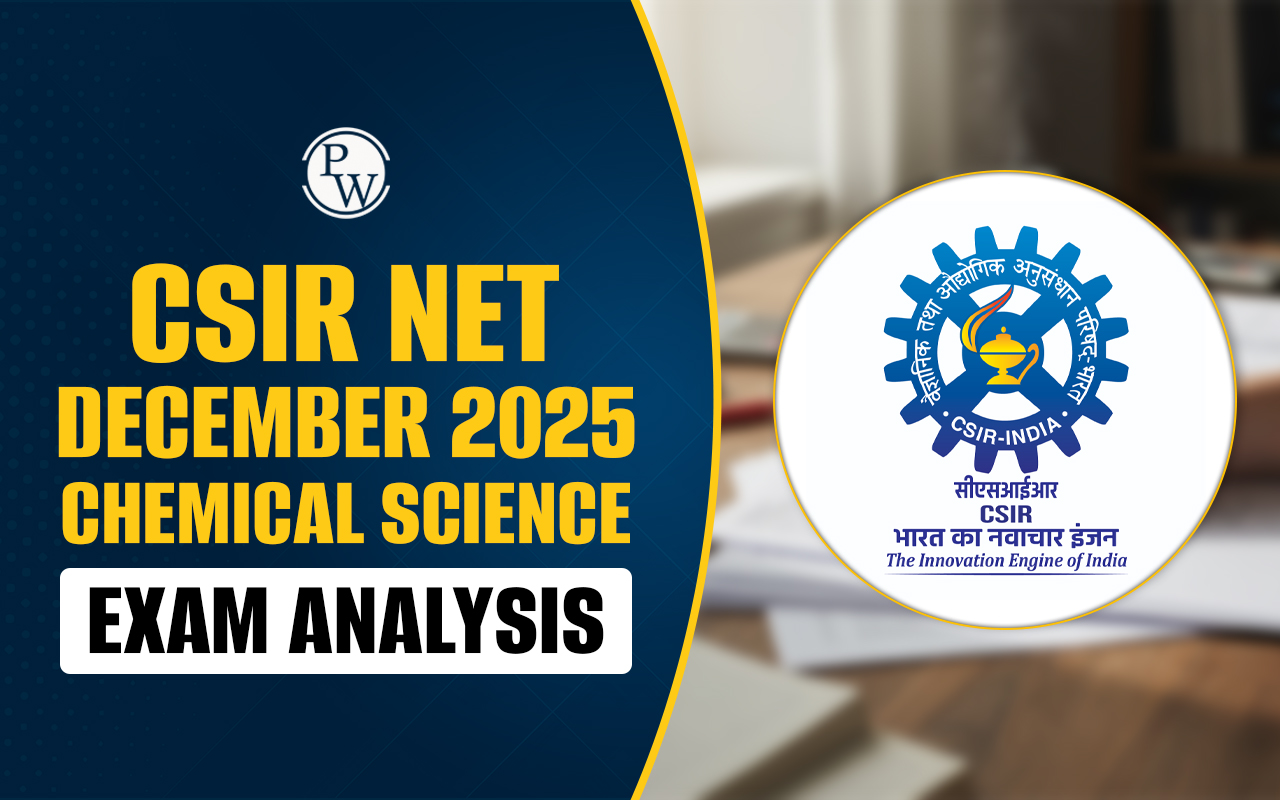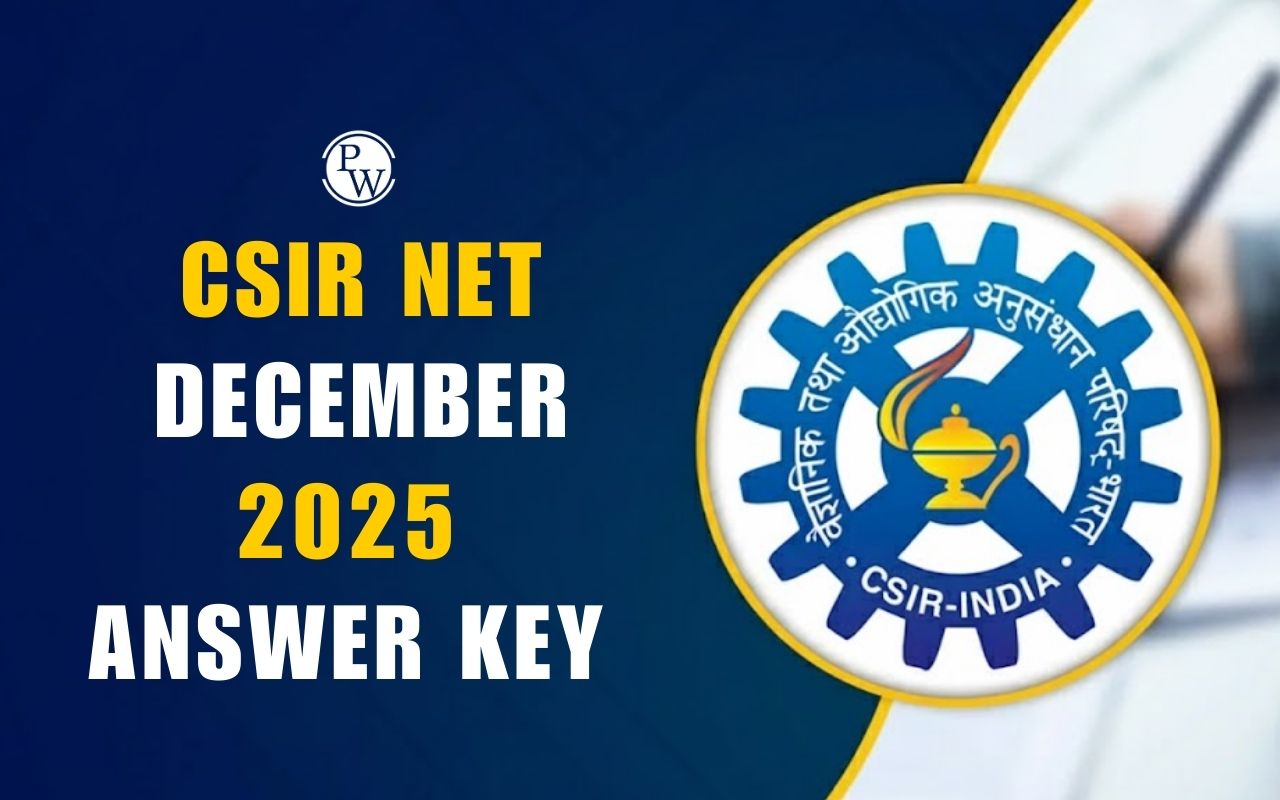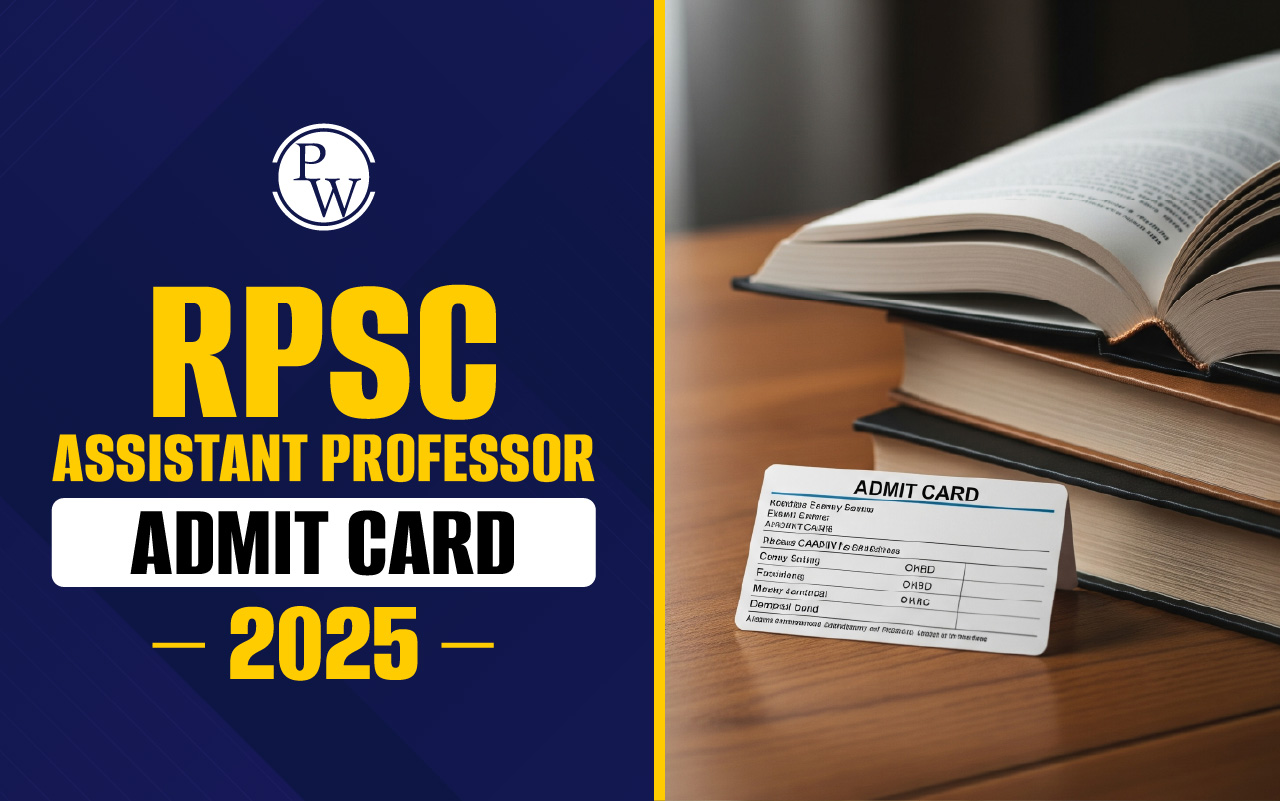
- On the basis of mass.
- On the basis of spin.
- On the basis of interaction.
- On the basis of mass
 When Ʈ particle is discovered, it disturbs the classification based on mass. Most of the properties of Ʈ are similar to lepton so it should lie in the category of light mass but Ʈ is a heavy-mass particle that falls into the heavier-mass particle category. So this based on mass classification failed.
When Ʈ particle is discovered, it disturbs the classification based on mass. Most of the properties of Ʈ are similar to lepton so it should lie in the category of light mass but Ʈ is a heavy-mass particle that falls into the heavier-mass particle category. So this based on mass classification failed.
- On the basis of spin
- Bosons
- Fermions
- On the basis of interaction.
- Leptons
- Mesons
- Baryons
- Leptons:
- Leptons interact through electromagnetic or weak interaction only.
- In strong interaction, leptons do not participate.
- Leptons have spin S = 1/2 .
- Mesons:
- In reactions, mesons can be created through strong interaction.
- Mesons can decay to other mesons or leptons through weak and EM interaction.
Example:
 The above reactions are strong interaction reactions. Here pions are created through strong interaction.
The above reactions are strong interaction reactions. Here pions are created through strong interaction.
- Pions can decay through weak interactions

- Pions can also decay through EM interaction

- Baryons
- Baryons can be produced in reaction through strong interaction.
Example:
 Here ᴧ can be produced through strong interaction but ᴧ decay through weak interaction.
Here ᴧ can be produced through strong interaction but ᴧ decay through weak interaction.

Families of Particles
| Family | Interaction | Structure | Spin | E.g., |
| Leptons | EM / Weak | Fundamental | 1/2 | e - , ν |
| Mesons | Weak / EM / Strong | Composite | Integral | π, k |
| Baryons | Weak / EM /Strong | Composite | Half Integral | p, n |
Lepton Family
- Fermion and antifermion have opposite parity
- Spin S = 1/2
- Parity P = +1

Talk to a counsellorHave doubts? Our support team will be happy to assist you!

Check out these Related Articles
Free Learning Resources
PW Books
Notes (Class 10-12)
PW Study Materials
Notes (Class 6-9)
Ncert Solutions
Govt Exams
Class 6th to 12th Online Courses
Govt Job Exams Courses
UPSC Coaching
Defence Exam Coaching
Gate Exam Coaching
Other Exams
Know about Physics Wallah
Physics Wallah is an Indian edtech platform that provides accessible & comprehensive learning experiences to students from Class 6th to postgraduate level. We also provide extensive NCERT solutions, sample paper, NEET, JEE Mains, BITSAT previous year papers & more such resources to students. Physics Wallah also caters to over 3.5 million registered students and over 78 lakh+ Youtube subscribers with 4.8 rating on its app.
We Stand Out because
We provide students with intensive courses with India’s qualified & experienced faculties & mentors. PW strives to make the learning experience comprehensive and accessible for students of all sections of society. We believe in empowering every single student who couldn't dream of a good career in engineering and medical field earlier.
Our Key Focus Areas
Physics Wallah's main focus is to make the learning experience as economical as possible for all students. With our affordable courses like Lakshya, Udaan and Arjuna and many others, we have been able to provide a platform for lakhs of aspirants. From providing Chemistry, Maths, Physics formula to giving e-books of eminent authors like RD Sharma, RS Aggarwal and Lakhmir Singh, PW focuses on every single student's need for preparation.
What Makes Us Different
Physics Wallah strives to develop a comprehensive pedagogical structure for students, where they get a state-of-the-art learning experience with study material and resources. Apart from catering students preparing for JEE Mains and NEET, PW also provides study material for each state board like Uttar Pradesh, Bihar, and others
Copyright © 2025 Physicswallah Limited All rights reserved.
Get App









